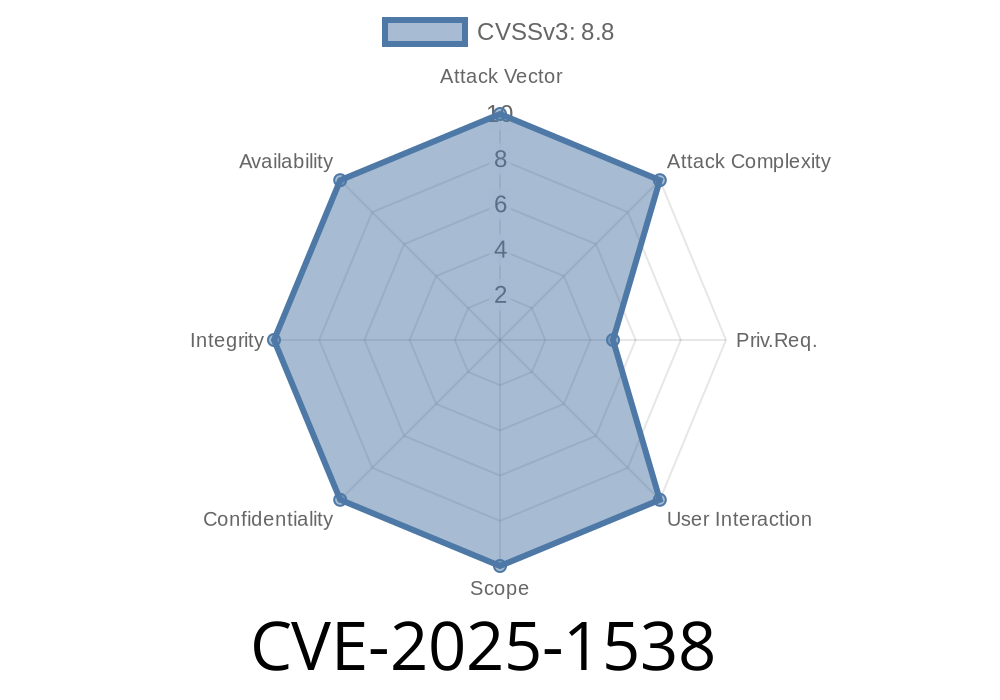A critical vulnerability, identified as CVE-2025-1538, has been discovered in D-Link DAP-132 version 1.00, a wireless range extender commonly used in homes and small offices. This vulnerability affects the function set_ws_action in the file /dws/api/ and can lead to heap-based buffer overflow. Attackers can exploit this remotely, which raises concerns about the potential impact on users' home and office networks.
It is important to note that D-Link is no longer supporting products affected by this vulnerability, but many users might still be using such vulnerable devices. Therefore, understanding the exploit and taking necessary precautions to mitigate the impact of this vulnerability is crucial.
Here's an example illustrating the vulnerable code in the file /dws/api/
#include<stdio.h>
void set_ws_action(char *ws_action, int ws_action_length)
{
char buffer[1024];
int buffer_length;
buffer_length = ws_action_length + 1;
if(buffer_length < sizeof(buffer))
{
memcpy(buffer, ws_action, buffer_length);
buffer[buffer_length] = '\';
}
}
This code snippet shows how the function set_ws_action copies ws_action to a fixed-size buffer. The input is not properly validated, and if the input is larger than the buffer, a heap-based buffer overflow will occur.
Exploit Details
To exploit this vulnerability, an attacker can remotely send a specially crafted HTTP request containing a large value for the ws_action parameter:
POST /dws/api/set_ws_action HTTP/1.1
Host: <target_IP>
Content-Length: <large_value>
Content-Type: application/x-www-form-urlencoded
ws_action=<large_value>
When the set_ws_action function receives this large input, the buffer overflow occurs, leading to potential arbitrary code execution or denial of service.
The following resources provide more information about the vulnerability and its discovery
1. CVE-2025-1538: D-Link DAP-132 Heap Buffer Overflow Vulnerability
2. D-Link DAP-132 Vulnerability Advisory
Mitigation
As D-Link no longer supports the affected products, there won't be patches from the maintainer. Users should consider the following steps to protect their devices from this critical vulnerability:
1. Upgrade: If possible, replace the affected devices with newer, supported products from D-Link or other manufacturers with security updates.
2. Network Segmentation: Ensure that vulnerable devices are not directly accessible from the internet by implementing network segmentation and using firewall rules to restrict access to the device's management interface.
3. Strong Authentication: Implement strong and unique authentication credentials to prevent unauthorized access to the device management interface.
4. Asset Management: Audit and maintain an inventory of devices connected to your network. Regularly check for vulnerabilities to ensure proper security patching and mitigation.
Timeline
Published on: 02/21/2025 15:15:12 UTC
Last modified on: 02/25/2025 20:54:42 UTC
